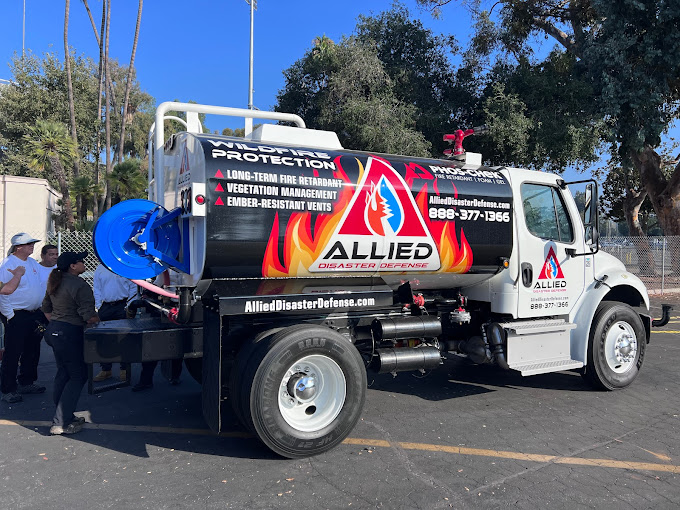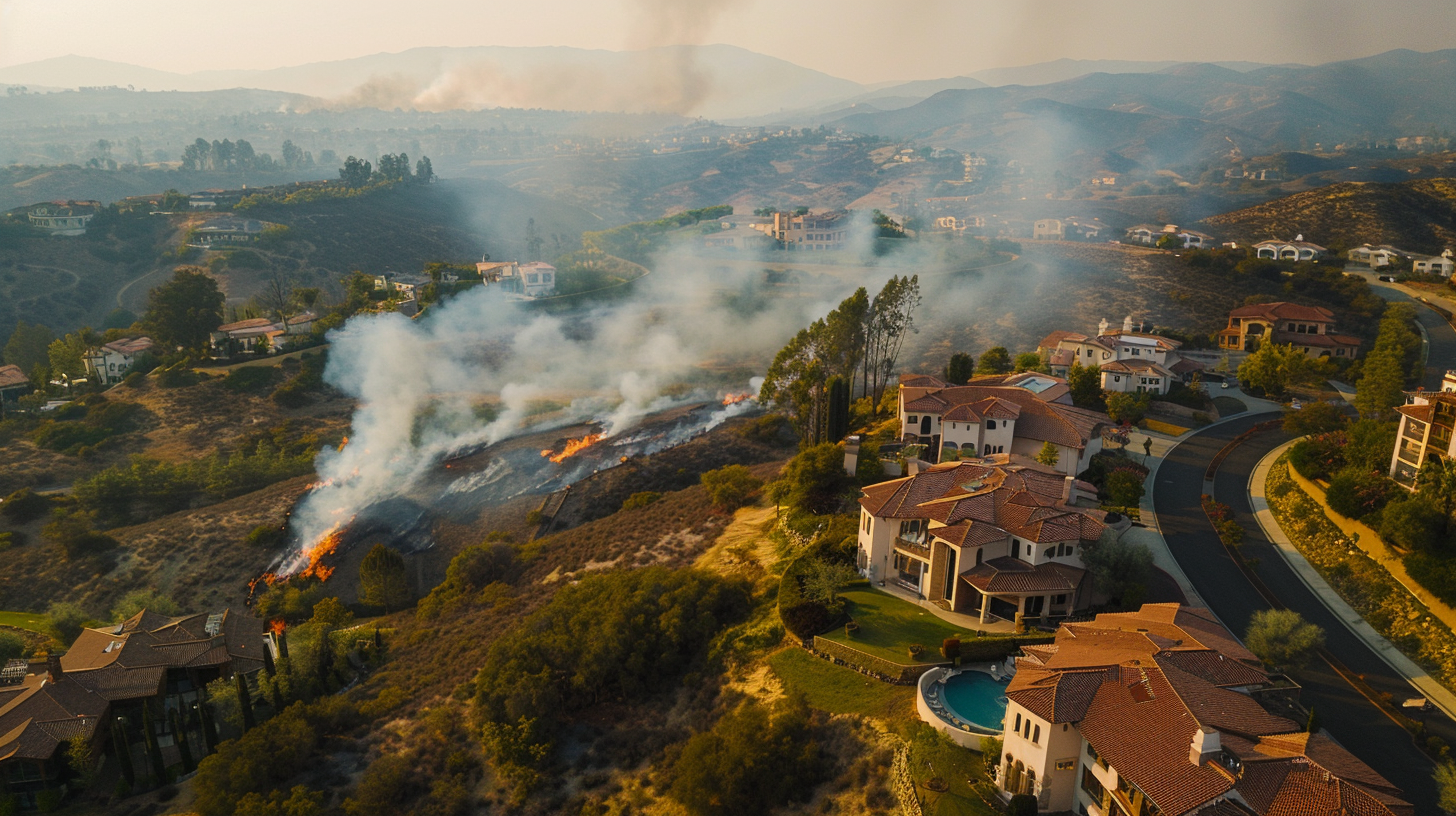Long-term fire retardants contain retardant salts (usually fertilizers) that change the way fire burns, reducing fire intensity and limiting the spread of a fire even after the water in the retardants has evaporated. The goal of applying fire retardant to your property is to prevent the fire from getting close enough to your home.
With a combination of applying fire retardant along with home hardening solutions, the chances of your home surviving the wildfires increases significantly.
Small changes to your home can reduce wildfire risk by up to 40%, and structural and vegetation improvements combined can lower wildfire risk by up to 75%. Furthermore, losses prevented can be much bigger (e.g. 5 times greater) when compared to a highly flammable environment.
Our team of experts can conduct a risk assessment to ensure your property is held at the highest standard from CALFire and the NFPA.

Every property is unique in vegetation, environment, build quality, and topography, therefore there is no one solution fits all. It is often times a combination of recommendations that create a more holistic approach to mitigation.

The Long Term Fire Retardant (LTR) will last throughout the rain season but generally half an inch of heavy rain is the standard of our retardant. This will need to be reapplied regularly for optimal use.
Yes! The LTR is actually a fertilizer and safe to use around vegetation.
Depending on your property, generally we want to spray the first 0-30 feet (the intermediate zone) of your home. With larger properties with a lot of vegetation, we recommend vegetation management and additional application of fire retardants up to 100 feet of the property.
We spray within the first 5 feet of the home onto any vegetation that may pose a threat. The home itself should be built with fire resistant material and other home hardening solutions like ember proof vent guards and gutter guards. We conduct a home risk assessment to provide you with the best plan of action all around.
The pink dye is for the fire fighting teams to see and locate which areas have fire retardants applied. If it was clear, the fire team will have a hard time distinguishing which areas have fire retardants applied.
We recommend drip hoses or drip lines to water the roots without washing off the retardants.
Defensible space is a buffer between your home and the vegetation that surrounds it. This helps to slow or stop the spread of wildfire and provides firefighters a safe area to defend your home.
Flying embers from a wildfire can destroy homes up to a mile away. Home hardening is the process of protecting openings and using ember-resistant materials to increase the likelihood of survival when wildfire strikes.